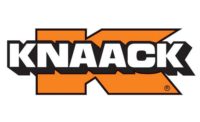NAD recommended that the NCMA modify its fire containment claims in two ways. First, NCMA should disclose that the basis for the claims was the ASTM E-119 (ASTM International Standard Test Methods for Fire Tests of Building Construction and Materials) optional hose stream test. Secondly, NCMA should more clearly state that both the masonry and the gypsum board wall systems depicted in the advertising survived the two-hour fire endurance portion of the fire test.
NAD further observed that there was no evidence offered to support the advertiser's conclusions that the ASTM E-119 test demonstrated a product's ability to provide better protection from debris, explosion or other events common in fires, or that it offered better protection for evacuating occupants, thus increasing their chance of survival.
With respect to the advertiser's mold-growth claims, NAD recommended that the advertiser either discontinue this claim or modify it to avoid the implication that mold will not grow on concrete masonry.
"We commend the NCMA for its efforts in promoting awareness of fire safety," said Jerry Walker, executive director of the GA. "... our industries share many of the same basic principles toward promoting public safety. It is our preference, however, that NCMA not convey its message to the detriment of the gypsum board industry. We support NAD's findings and look forward to working with NCMA to promote passive fire protection construction systems."
A copy of the NAD press release on the decision is available from the GA.





